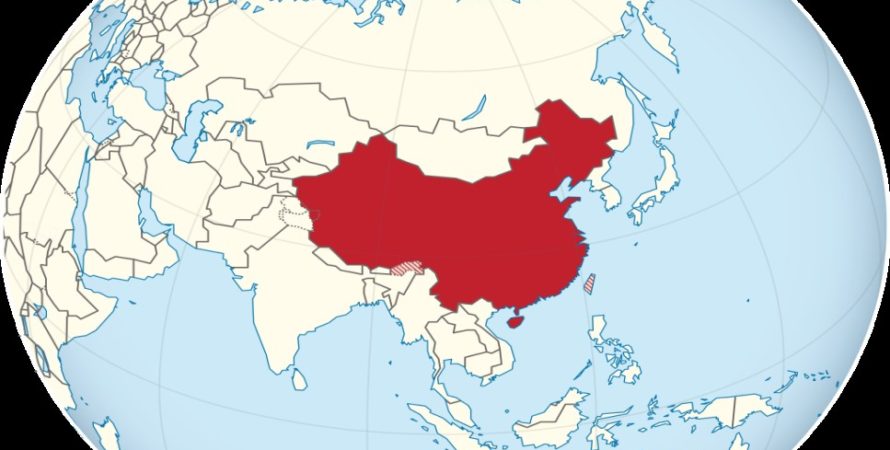The ongoing trade clash between China and the US has driven Chinese businesses and corporations to branch out more and explore the international market. They plan on doing that by establishing multiple retail networks and new manufacturing faculties around the globe. They are particularly interested in targeting economies that are a part of the One Belt and Road Initiative.
A significant number of Chinese firms and service suppliers have already started expanding their global footprint by way of transit trade, international industrial capacity cooperation and other profitable activities at a rapid rate.
Any other country or region will likely not be able to take China’s place in sustaining the international supply network even in the face of the changing political landscape and the China-US trade war pressure. Other Asian economies cannot surpass China’s aptitude in manufacturing, services and logistics management, especially in the high-end factory which is their niche, because of linguistic and political differences and currency gap.
To cut down on the risks in going global most Chinese companies these days are eager to look toward their counterpart from another developed country to collaborate with in markets in the developing sectors. It will help the developed countries to better partake in the BRI development, without raising a conflict of interest.
Third-party market cooperation has in fact already become an essential part of the Belt and Road Initiative. Projects concerning China, France and a number of French-speaking African countries have heavily benefitted from this initiative. Key diplomatic proceedings hosted in China also extended the BRI’s influence in the global arena.
China has played an imperative role in assisting with the development of economies associated with BRI. The second Belt and Road Countries Investment Index Report shows that the investment lure of the BRI markets, particularly those in Southeast Asia has soared.
Amongst the BRI countries, the majority of the 20 economies with the most investment growth opportunities are in Southeast Asia and the Middle East. Singapore and India show high development potential. The report forecasted that the Chinese investment in BRI economies will retain the stable growth it has shown in investment flow.
Apart from already established industries including power, oil and petrochemicals, transportation and construction, Chinese business will look to spread out their investment to sectors such as rental and business services, monetary services, wholesale and trade, and new and high-caliber technologies.





China Becoming a Leader in Asia’s Genomic Market